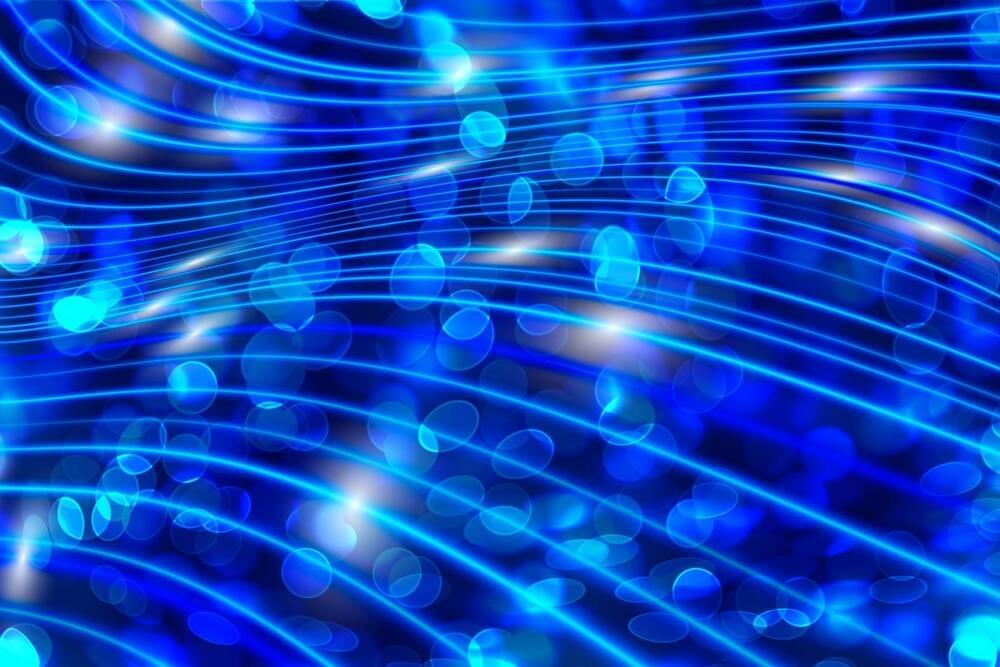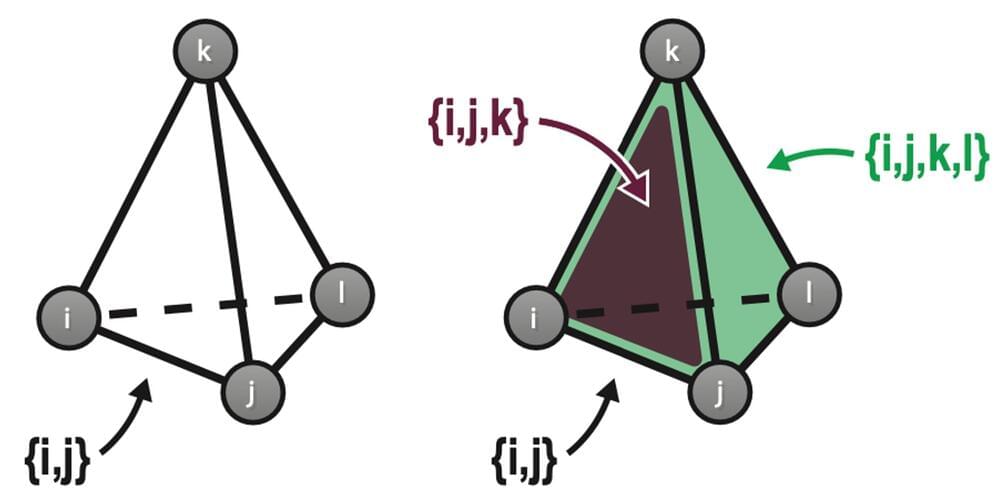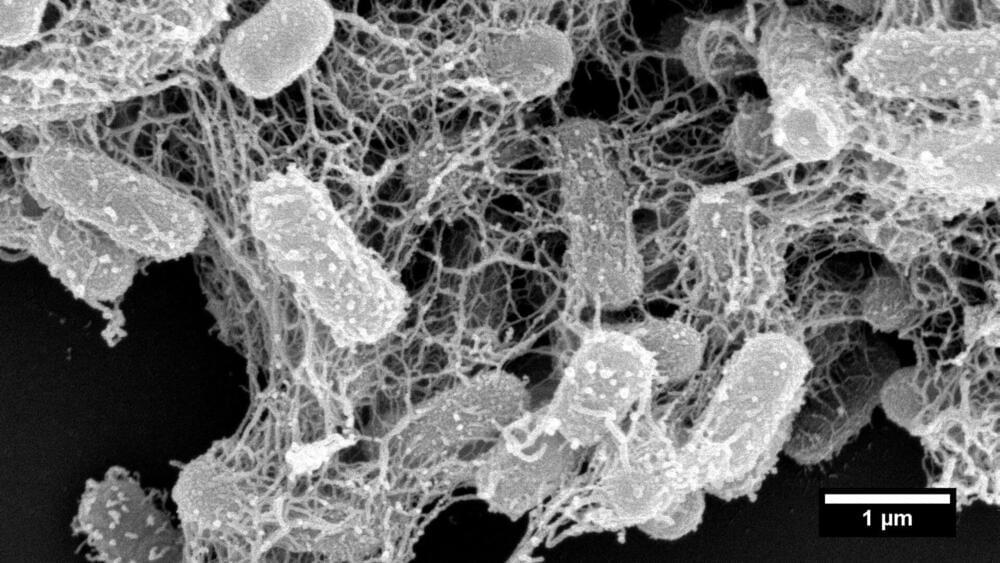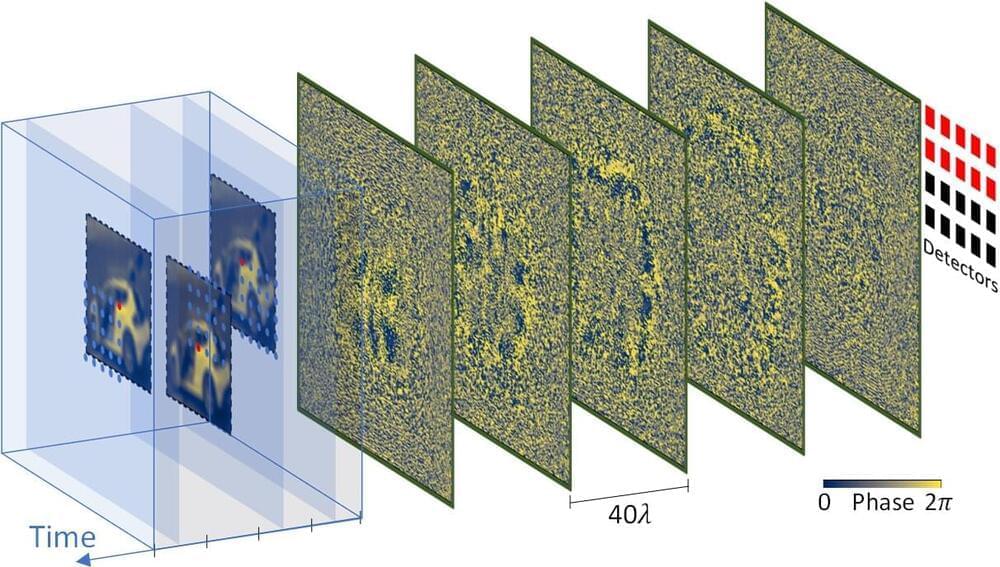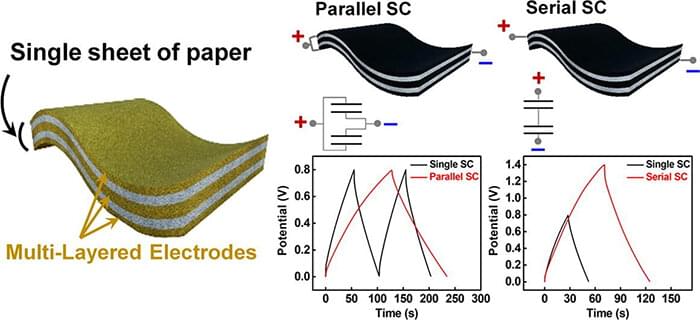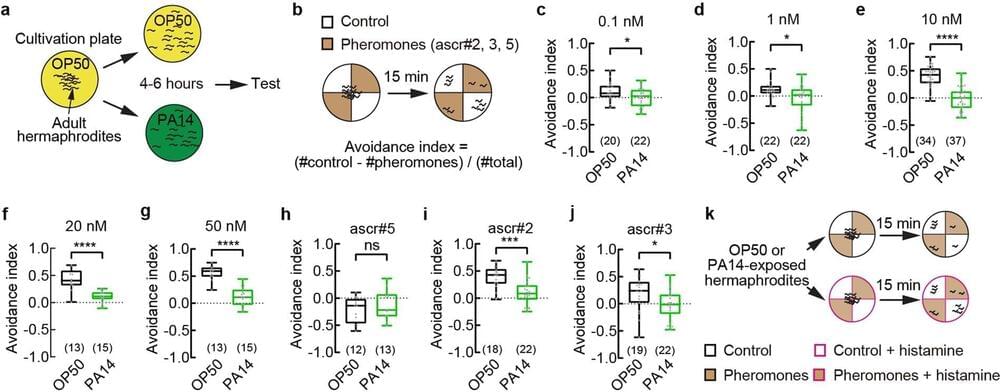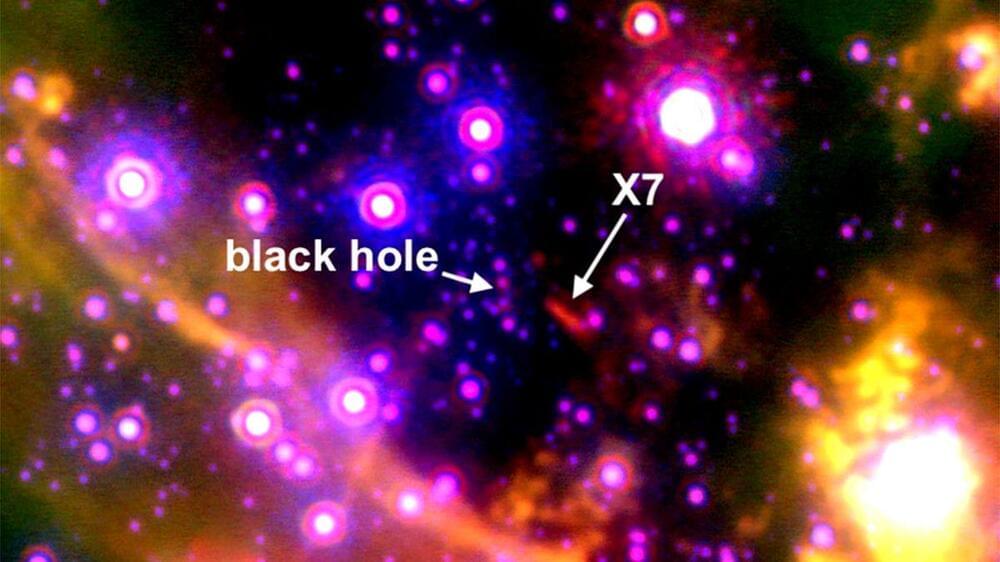Experts consider glass nanoparticles kept inside extreme vacuum layers as potential platforms for examining the quantum world’s limits. However, a question in the field of quantum theory remains unanswered: at which size does an object start being described by quantum physics laws rather than classical physics laws?
Achieving Quantum-State Cooling in More Than One Direction Is Challenging
SciTechDaily reports that a research team attempted to precisely answer the question through the ERC-Synergy project Q-Xtreme. The team comprised Lukas Novotny from ETH Zurich, Markus Aspelmeyer from the University of Vienna, Oriol Romero-Isart from the University of Innsbruck, and Romain Quidant from Zurich.
